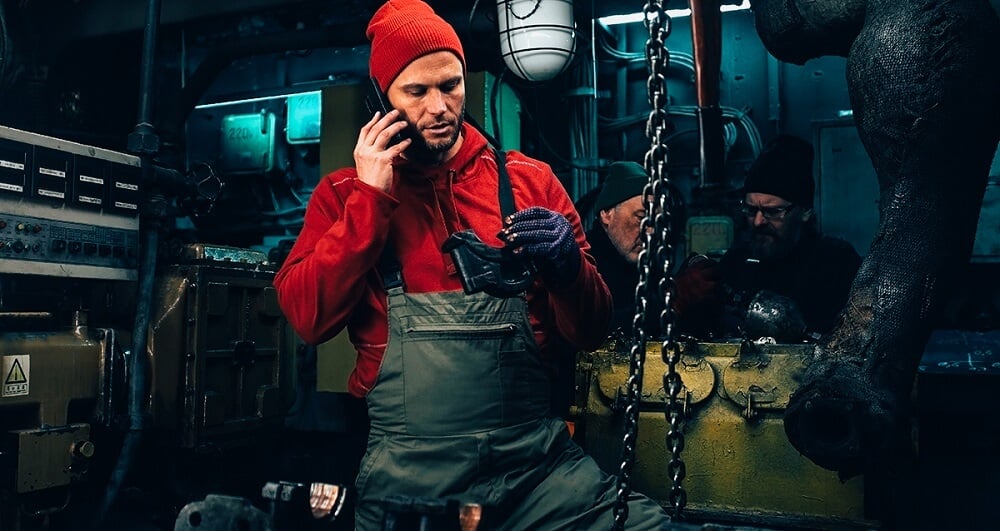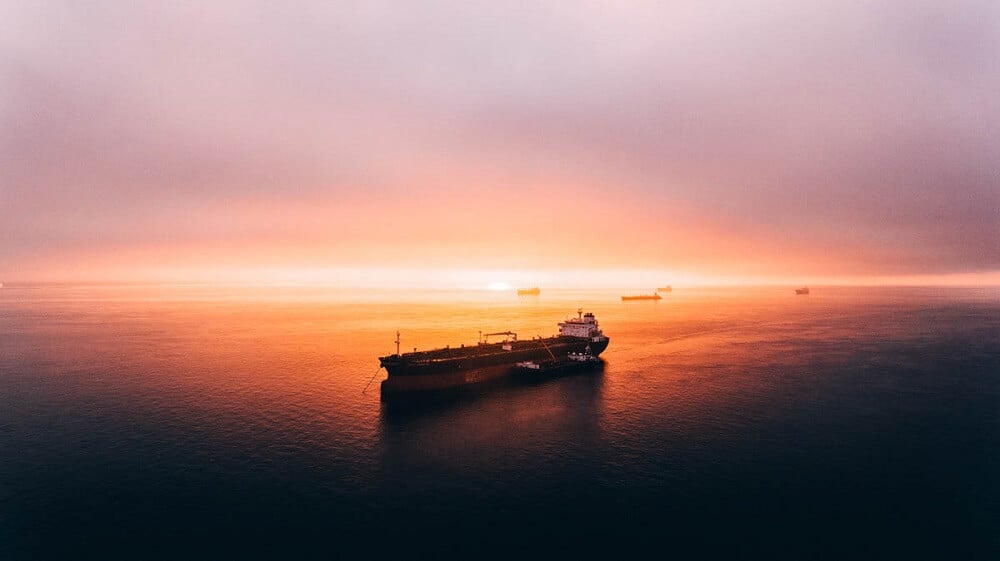Low-Earth Orbit Networks Meet Maritime’s Growing Connectivity Demands
The global maritime industry faces a range of challenges highlighted by global trade uncertainties, geopolitical threats, and the always-evolving complex web of environmental and governmental regulations. These most recent challenges arrive as commercial shipping fleet owners are already navigating crippling labor shortages, aging fleets, and unrelenting demand driven by an 800% increase in e-commerce activity since 2010. Enterprise fishing fleets are dealing with their own set of challenges, including declining fish stocks, market volatility, and climate change.
Across all segments of the maritime industry, fleet owners and operators have embraced digitization to combat, manage, and overcome some of these challenges. With increased frequency, fleet owners have modernized operations and deployed a range of industry-specific and mission-critical digital applications that help to optimize operations, improve safety, ensure compliance with regulations, and offer a safe and positive working environment for crews.
However, the effectiveness of these applications and the ability of ship owners to reap the benefits of digitization are largely dependent on the presence of high-quality, robust connectivity.
Fleet owners have long relied on traditional satellite technology for safety and basic communications at sea. Geostationary (GEO) satellites, for example, have always provided consistent and reliable maritime connectivity. However, the limitations of traditional GEO satellite networks alone, including high latency and lack of coverage in polar regions, pose challenges for the evolving digitalization needs of commercial maritime industries.
As merchant shipping and enterprise fishing owners continue to modernize operations, their connectivity needs have become more complex, pronounced, and critical. Low-Earth Orbit (LEO) satellite solutions have emerged to deliver globally available, consistent, high-speed coverage that meets the demands of a data-driven maritime landscape.
Intelsat’s Director of Maritime Products, Mike McNally, explains why LEO satellite networks are ideally suited for the maritime industry and why fleet owners should consider LEO solutions as they continue to digitize operations.
“LEO offers a range of benefits for merchant shipping and enterprise fishing operations that can extend and amplify communications and information sharing capabilities during a voyage,” said McNally. “The proximity of LEO satellites to the Earth results in much lower latency and higher speeds that are ideal for applications like telemedicine, remote monitoring, video conferencing, or any emergency response situations where there can be no delays in the transmission of data.”
LEO-powered solutions enable ship owners and operators to improve voyage planning, routing, and monitoring of the performance of ships and the status of cargo in real time. Fishing crews can use LEO connectivity to enhance catch reporting processes, stream detailed weather updates, receive alerts, and communicate with ports, regulators, and suppliers. These are some of the additional ways LEO satellite networks can greatly benefit both commercial shipping and enterprise fishing fleets:
Modern Connectivity for Aging Vessels
The maritime industry has a problem with aging ships. Nearly half of all vessels are expected to be at least 21 years old by 2030. Aging ships are at a higher risk for mechanical breakdowns that result in costly repairs and revenue losses from downtime. They also pose greater safety and environmental risks, as they operate in a less fuel-efficient manner and can be more prone to accidents. LEO-powered satellite solutions offer fleet owners real-time visibility into the performance of vessels during voyages, transmitting reams of data collected from onboard sensors that can be analyzed to predict when maintenance might be needed. In this way, LEO solutions help ship owners identify and preemptively address a minor issue before it becomes a major one, keeping more ships in operation for longer periods of time.

Attracting the Next Generation of Connected Seafarers
Faced with an aging and dwindling workforce, merchant shipping and fishing fleet owners are desperately attempting to recruit the next generation of seafarers. These younger workers will not tolerate being cut off from their digital lives or disconnected from friends and family back home. Therefore, the success of any recruitment effort requires fleet owners to offer high-quality connectivity that enables access to personal connected devices, social media, live TV, and entertainment while on board. LEO networks provide the bandwidth and low latency necessary to deliver uninterrupted access to digital communications, no matter where in the world a ship makes its voyage, making maritime careers more appealing to a younger, tech-savvy, and connected generation.
Enhancing Safety and Security at Sea
Geopolitical hostility, terrorism and military activity, extreme weather events, and piracy are just a few of the safety and security concerns merchant shipping and enterprise fishing fleet crews face at sea. On land, cybercriminals are hard at work attempting to steal sensitive information and wreak havoc at the ports. Whether navigating through piracy-prone waters or guarding against cyber intrusions, reliable LEO connectivity plays a pivotal role in protecting assets and lives. LEO satellite solutions allow fleet owners to more effectively monitor safety threats and respond with greater speed. By delivering always-on connectivity that allows for real-time threat monitoring and rapid response to emergencies, LEO solutions enhance crew safety and minimize revenue loss that can result from safety incursions.

Intelsat and OneWeb: A Unified Approach to Maritime Connectivity
As the maritime industry continues to digitize, Intelsat’s FlexMaritime LEO delivers the robust, ubiquitous, reliable connectivity fleet owners need to navigate an increasingly complex and competitive global maritime landscape.
FlexMaritime LEO combines the high speeds and low latency connectivity of Eutelsat OneWeb’s LEO network with Intelsat’s managed services and support to deliver a complete and unparalleled maritime connectivity solution for maritime operations.
With Intelsat’s FlexMaritime LEO, ship operators gain access to robust network coverage, ultra-high-speed download connections of up to 100 Mbps, and upload speeds of up to 10 Mbps even in the busiest shipping zones. Ultra-low latency performance of ~70 milliseconds enables faster application response times for sensitive applications. As a managed service, FlexMaritime LEO is backed and supported by Intelsat's 60-plus years of experience providing satellite and connectivity solutions to ships at sea.
This article is sponsored by Intelsat. For more information visit intelsat.com/maritime.

